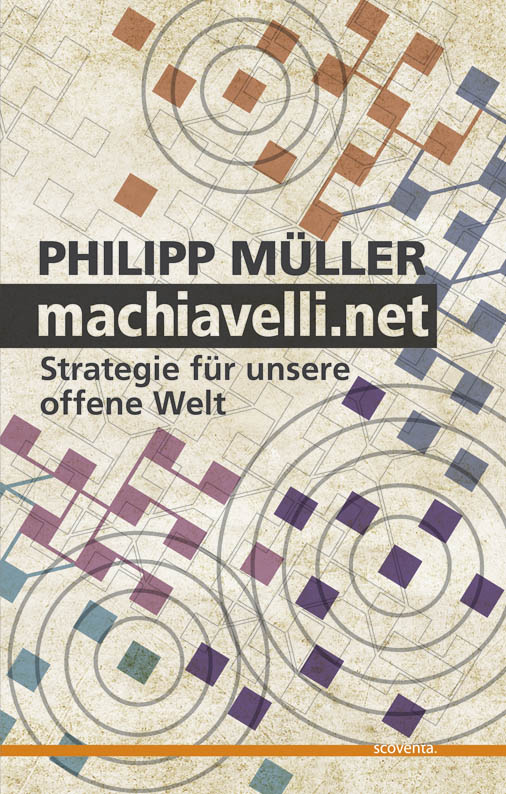Evangelizing Distributed Leadership
Distributed leadership is still a new concept, even though it sometimes seems that most of what we do is
Think new corporate governance strategies, the millenial workplace, enterprise 2.0, collaborative strategizing, municipal participatory budgeting, user-centric design processes, open source software development, UN multi-stakeholder processes, etc.
The first challenge for successful distributed leadership is to see the loss of control over open processes as an opportunity not a threat. “There’s this interesting tension between the value of having contributed information versus a clear loss of control over the process,” says Eric Kansa, executive director of the information and service design program at the University of California, Berkeley. Open processes allow us to leverage not only the wisdom of the crowds, increase our legitimacy by outsourcing accountability to the interested public, but also increase capacity massively. The only comparable historical management reform that comes to mind is Napoleon’s idea of the levee en masse, moving from expensive hired guns (mercenaries) to a citizen army of Frenchmen proud to fight and die for their country.
The second is to ignore the political realities of the hierarchy, specifically, middle management. Middle managers fear whatever flattens the organizational structure and makes them superfluous. A response to one of the top evangelists of the Intellipedia project in the intelligence community by a staff member: “ ‘I don’t need top cover, I need middle cover. I need someone to convince my manager this is something we need to do.’ “
The third challenge is to change organizational culture. There is no way around it: open processes are different and counter-intuitive: Sharing information increases your power, giving up control increases your capacity, giving up the ability to control your image (transparency) increases legitimacy. As the head evangelist of intellipedia says, “There’s a reason this is called disruptive technology. These are counter-cultural concepts, which can be very daunting.”
It is not easy, but it can be done. And the payoffs will be huge – think of the impact Napoleon had on today’s Europe.
The blog-post was inspired by Jill R. Aitoro‘s article in nextgov The Gospel of Government 2.0. All quotes (except the first) are taken from his article (the hyperlinks point to it).
 Author of machiavelli.net, proud father of three, interested in shaping network society. Welcome to my blog.
Author of machiavelli.net, proud father of three, interested in shaping network society. Welcome to my blog.
Pingback: Twitter Trackbacks for Shaping Network Society » Blog Archive » Becoming a Distributed Leadership Evangelist [philippmueller.de] on Topsy.com
Love the idea of thinking about leadership as open source. Many many clients and consultants I talk to are starting to feel comfortable with the idea of open source production ONLY IF there is control and direction from the leader/center/top – which is an oxymoron. We tend fall into our comfort zone: the myth of the queen ant.
Ok – Sofia: I want a guest blog titled: “The Myth of the Queen Ant” – you have at least 48 h – else I will appropriate your idea! :)
The idea of an open and distributed leadership style is without any doubt a must for those leaders around the world who are dealing with difficult situations in their day-to-day work. The question is: How those leaders indeed can comprehend that — as you brilliantly are pointing out — their power in many regards will increase? In many cases, still we find leaders who will think they should opt to classical ways of leading in a constant changing world. But, again, I personally believe that the actions of any leader should ultimately be predetermined by the complexity of context within which one operates. The complexity, itself should prove to them that collaborative and distributed means and methods are a must to excel.
Dear Arsim,
If a leader is able to give up control by sharing his power with his “subordinates” and therefore enpowering them to take up leadership within their specialised areas as they are the expert in their fields and the leaders are indeed general thinkers, then these people would turn into “Gung Hoos” what Ken Blenchard in his book with the same title and will be accountable for what they are actually doing. It will be their creation having the same vision in mind, which is a prerequisite for any leadership and management situation. The complexity naturally disappears as it is a “shared” one. Whenever something is divided, it is better and easily analysed, therefore simpler to be managed. The role of a leader turn in whenever an empowered person gets “out of track” from the shared vision. I have experienced the empowerement or “open processes” over loss of control, and I can say that it is the best leadership model ever.
A leader is someone with vision, someone who takes all the ideas and brings them together into a brand new one. As long as he understands his position, as do the members of his team, then we don't have a problem. Trianz has this kind of leadership system implemented. The leader is someone who brings out the best of his team, like the director of a movie, who knows exactly what he wants from his actors, and so he leads them to that place, but there would be no movie without them, that's where the collaborative factor comes along.